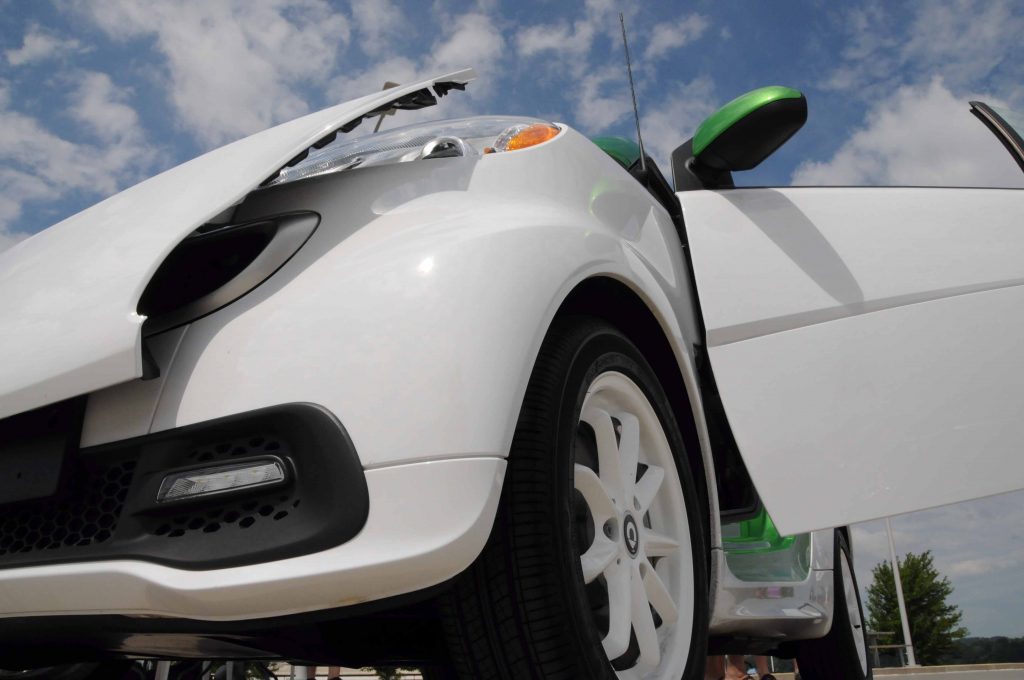Top Four Ways EVs can be Key to Economic Recovery in the Post-Pandemic World
July 20, 2020-
A recent report published by Corporate Knights entitled “Building Back Better with a Bold Green Recovery” demonstrates that not only is the green economy on the rise, but it could be the key to global economic recovery following the COVID-19 pandemic.
The report was put together with input from more than 100 of Canada’s most inspired minds and signed-off on by the CEOs of some of Canada’s most influential companies. It proposes the following programs/actions:

- Energy retrofits of homes and workplaces
- Accelerated electric vehicle uptake
- Support for active mobility (walking, biking, etc.)
- Greening of the electricity grid
- De-carbonizing heavy industry
- Nature-based climate solutions via habitat preservation
- Making Canada a leasing supplier of EV components and zero-carbon natural resources
Combined, these programs could generate as much as $681 billion in investments, deliver $44 billion in energy savings while reducing greenhouse gas (GHG) emissions by 242 mega-tonnes per year by 2030.
The Role of Electric Vehicles
- Total Federal Government Spend: $11.9 Billion
- Total Private Sector Investment: $100.8 Billion
- Total Gross Value Added to the Economy: $236.8 Billion
- Total Jobs Created: 834,000
- Total GHG Emissions Reduction Per Year: 65.7 Mega-Tonnes by 2030
An investment in electrifying our transportation sector would create new construction and manufacturing jobs, improve overall air quality and reduce dependence on fossil fuels. Here are the top four electrification projects proposed by “Building Back better with a Bold Green Economy”

1. Charging Infrastructure – Highway
Expand the existing Zero Emission Vehicle Infrastructure Program to fill existing gaps along the Trans-Canada highway with additional emphasis on charging infrastructure for freight.
2. Charging Infrastructure – Urban
Offer a Federal incentive to subsidize the installation of charging stations at homes, municipally owned buildings, multi-residential buildings and businesses.
3. Expand the Existing iZEV Program
The proposal suggest removing the cap on the number of vehicles businesses are eligible to receive an incentive for, especially in the case of , doubling the current incentive to $10,000 per vehicle and adding a scrapping program for personal cars ($1,000), medium trucks ($2,500) and heavy trucks ($15,000)
4. Electric Buses
An incentive to cover the incremental cost of electric buses for municipalities and school boards could support 7,500 zero-emission school buses and 7,500 zero emission transit busies over the next five years



